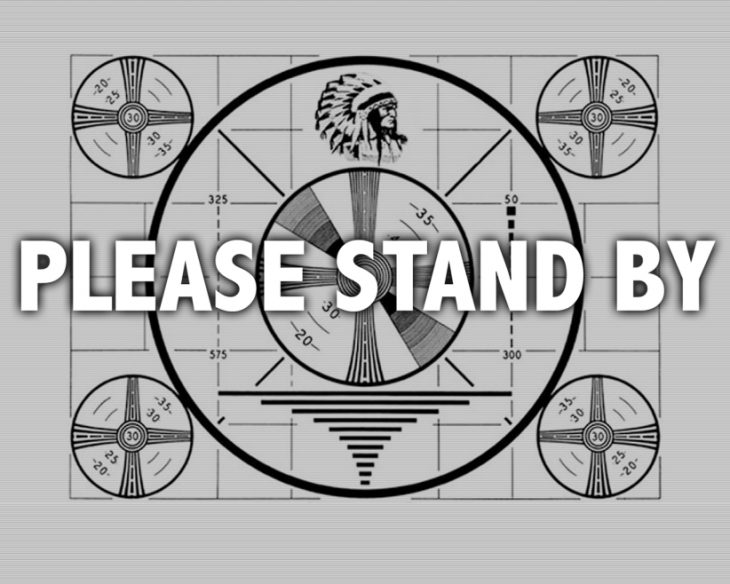
Now is not the time for radio silence
I don’t know who needs to hear this.
Scratch that. I know EXACTLY who needs to hear this.
- Managers who are afraid to talk to furloughed or laid-off employees
- Managers who think they have nothing to say
- Managers who want their teams to return to work engaged and enthused
I know you are a caring person if you are reading this blog. Tell me if this email I recently received doesn’t break your heart.
“I was furloughed 6 weeks ago. Access to my work email and information was removed. In addition, I have not heard from my boss and or employer during this period of time. In complete honesty, it has been a difficult pill to swallow because I am not in the communication loop. I recognize from a legal perspective why the communication line has been cut off, however I’m not allowed to talk work with anyone; that would include my seasonal staff. So I have a lot of concerns about staff engagement and retention.”
I wish this was the only example. I had a gut-wrenching conversation the day before this popped into my inbox with another friend who was in the same situation. And another just a week before that. C’mon people, we can do better. We have to do better.
If communication is the #1 thing that determines success or failure during the good times, it becomes even MORE important in the difficult times.
Even for furloughed employees, you ask? YES! It’s true you can’t talk to them about work, but that doesn’t mean you can’t talk to them at all! In one conversation I had, a concerned manager said he was told by corporate that he couldn’t call to check in on his team, one of which had a family member diagnosed with COVID-19. Seriously? Where is your humanity?
I asked a lawyer about this and you know what she said? “You have a right to be human”. There. Make the call.
For those who don’t know what to say or don’t feel they have anything to talk about with your employees, just say something. Your employees are craving connection right now, just like your guests are craving entertainment. You’ve put up weekly youtube videos for your guests about home school resources and what you are doing to keep them safe. Put that same energy into your employees.
If you don’t think this communication/connection thing is important, you may also be under the impression that your best employees will want to sit at home on unemployment because they can make more money that way. If you are worried about that, you likely have not done a good enough job engaging with them, and dare I say, you may have a bigger employee retention problem than just competing with unemployment.
Why? Because people who are truly engaged, bought in, and share a purpose DO NOT want to sit home doing nothing. It might seem attractive in the short term, but that’s because you have not made your case for the long term benefit of coming back to work.
All this communication also gives you the chance to discuss with your employees what you are doing to keep them safe. It’s true that some people will not want to come back to work because they don’t feel safe. Don’t rely on them filling in the blanks about what they think you are or are not doing to protect them. Be explicit. Get their input. Understand their point of view.
While many discussions are turning to reopening at this point, we are by no means out of the woods. It’s not too late to fire up the communication machine and get cracking. And by the way, I am NOT talking about a text or a blast email. I’m talking about real conversations where you can hear their voice and maybe even see their face.
RELATED: Situational Employee Engagement Webinar
Now is not the time for radio silence. We have to do better.
Thanks for reading.
Matt Heller
Distinguished author, speaker, and industry veteran Matt Heller can sum up what he does in three simple words: Helping Leaders Lead. Matt’s firm, Performance Optimist Consulting, has worked with some of the largest attraction operators in the United States, including Six Flags, Cedar Fair, Universal Studios, Apex Parks Group, and Herschend Family Entertainment, along with countless other parks, zoos, museums, and aquariums. Matt focuses on leadership development, guest service training, eliminating employee burnout, and reducing turnover.
